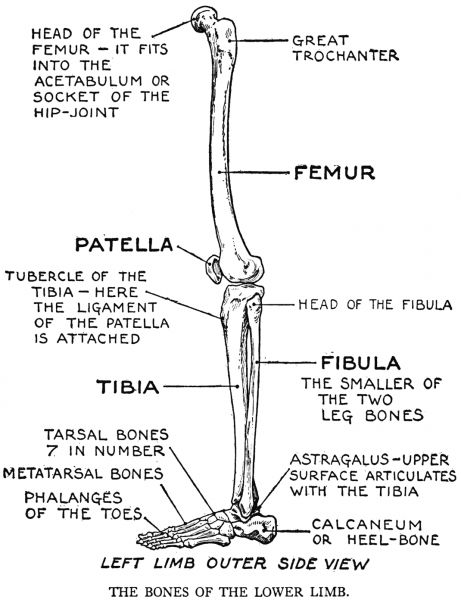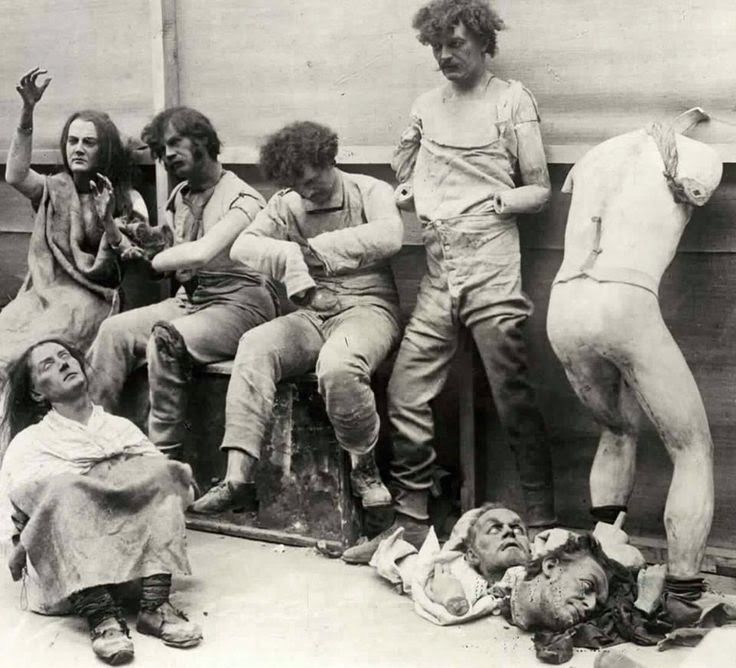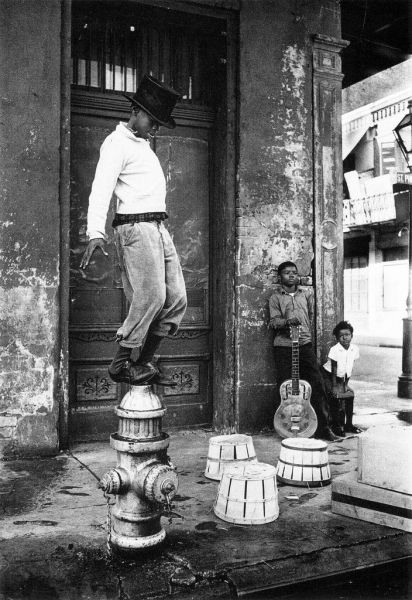The functional body as the first support
Listening from many perception entries. Not in a passive way, for it is the main condition to increase a body awareness.
The levity as the first resistance to / interaction with gravity
(The resistance as a dynamic interaction and not as a reaction to an external force)
Trying to feel that every single part is a support to the whole body, and vice versa
The ability to discover (exploration) and rediscover (recognize and up-to-date)
The ability to read, to write and to compose at the same time
To work on a single part, and how this single part can extend itself to the whole body. To find the mechanism issues and the co-ordination between the different parts, a co-ordination that allows the body to reach a dynamic movement and, jointly, the right ergonomics with the environment.
The activity of breathing as one of the pulse of the movement. What is the nature of this pulse and how does it contribute to the movement stability ?
To go beneath our own personal identity to reach our common physical functionality
The conversation between muscular chains – bone structure - articulations
The adjustment as a daily tool to erect, to keep standing, and as an ability to move in every direction. To rediscover all the steps of child development :
- to deal with the weight of the head and all the senses involved in this area,
- to push against the floor and the parallelism of the muscular chains development,
- crawling and the co-ordination between both sides of the body,
- walking 4 legs
- and the act of verticalization (not a simple verticality but a verticalization, which includes the dynamic direction up, constantly re-activated)
The immediate adjustment, particularly in the verticalization, is a way to deeply understand the spontaneous interaction between the body and the physical laws, and it gives all the necessary and adequate “slack” (in French avoir du jeu) you need to reinforce the movement.
The “right” slack you need for the momentum, for instance, can protect you, also, from systematic compensations.
The experience of stability in the standing position is a quite sophisticated ability to articulate adjustment and a constant bounce (up and down) all through the body, so refined that it can’t be seen with the naked eye.
But the young child spends a lot of time to endure the double direction up and down, and it is printed in the body memory, integrated in every step you made in your life.
The approach of the “small dance” by Steve Paxton can be a good introduction.
The disponibility of the hips articulation
If you take the gravity as an opportunity to erect the body by the inner ability of the body to resist to it and to build a certain levity, you can work on the specific function of the pelvis.
The pelvis is a crossroad in the body, a solid, loud mechanism that can transform the weight of the body going down into a dynamic force for movement.
The hips have a decisive responsibility in this activity.
It can receive the information and instantly create a strong “re-deployment”.
It is the place of disponibility and readiness. It is the articulation of a deep physical interaction and understanding with / of the environment. It is the physical base of / for improvisation.
We work also on the spiral of the femur and the rounding property of the head of the femur that give the hips a solid relationship with the ground and a powerful direction to the air.
Again, basically, you don’t need to use your muscles so much if you know how to use correctly your hips. For the hips can jointly give birth to the movement, let the movement go through the body and transform this movement instantly.
The strong element of the body gearing.







